First of 3-Part Series
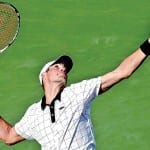 Fifty years ago, several top-ranked tennis pros routinely followed their serve to the net, confident that their attacking style would give them an edge. During the last 15 years, however, that serve-and-volley style, used by Rod Laver, Pete Sampras, John McEnroe, Martina Navratilova and a host of other all-time great champions, gradually has become a fading memory, still visible but only in spots. Will it ever return?
Fifty years ago, several top-ranked tennis pros routinely followed their serve to the net, confident that their attacking style would give them an edge. During the last 15 years, however, that serve-and-volley style, used by Rod Laver, Pete Sampras, John McEnroe, Martina Navratilova and a host of other all-time great champions, gradually has become a fading memory, still visible but only in spots. Will it ever return?
“I don’t think it’s ever coming back, I really don’t,” Sampras told the LA Times several years ago.
The absence of top-ranked serve-and-volley pros continues at the Australian Open, which begins Monday in Melbourne. Brilliant baseliners – Serbia’s Novak Djokovic, the top seed, Spain’s Rafael Nadal, No. 2, and Switzerland’s Roger Federer, No. 3, are among the men’s favorites. Romania’s Simona Halep, the top seed, and No. 9 Serena Williams, 38, are the top women picks at the game’s first of four major events (French Open, Wimbledon and U.S. Open are the others).
A Williams’ victory would give her a share of the career singles titles record (24) with former pro Margaret Court, a strong serve-and-player during her career. Court is one of only three women to win the Grand Slam (the four major titles in the same calendar year, 1970), the game’s most prestigious achievement. Australia’s connection to the development of the just about dead serve and volley style extends beyond 100 years.
The late Bud Collins, Boston Globe columnist, NBC analyst and Hall of Fame historian, traced the roots of the attacking style to Australia’s Norman Brooke, who in 1907 became the first “male from overseas” to win Wimbledon. Brooke, who became an advocate of the serve-and-volley game after that victory, won his second Wimbledon title in 1914, playing an attacking game. In Collins’ Modern Encyclopedia of Tennis, Collins wrote of Brooke, “Because his serve was so big an asset and he volleyed so much, his methods were characterized as unorthodox when he was in his prime.”
Brooke’s aggressive style gradually became acceptable in later years and it gave birth to a super-talented contingent of Aussie serve-and-volley players, trained by legendary coach Harry Hopman. Australia won more than 20 of the major men’s titles during the 1950s and dominated the Davis Cup international team competition, defeating the U.S. 8-2 in that 10-year stretch. Rod Laver, the only man to win two Grand Slams (1962 as amateur, 1969 as pro), Lew Hoad, Roy Emerson, Frank Sedgman, Ashley Cooper, Neale Fraser, Ken Rosewall (who won eight major titles, despite his weak serve), and John Newcombe were among the Aussies on Hopman’s squad.
Suspects in the pending demise of the serve-and-volley style include high-tech rackets that have enhanced the effectiveness of the baseliner’s game, while diminishing that of the serve and volley player; the absence of gifted athletes on the men’s and women’s pro tours and the shortage of coaches sufficiently skilled in the fundamentals, tactics and strategies of the serve-and-volley game. More about that and the growth of the serve-and-volley game in America in Part 2.
First Round Match Alert: Venus Williams, 39, hopes to avenge her Wimbledon first round loss to Cori ‘Coco’ Gauff, 15, when she faces No. 67 Gauff Monday. On Tuesday, Taylor Townsend, ranked No. 79, aims to continue her serve-and-volley prowess against American compatriot Jessica Pegula in Monday’s first round matchup. Townsend, 23, a left-hander, notched a major upset at the U.S. Open last September, ousting Halep in three sets. “I always enjoy coming to the net,” Townsend said. “You have to be solid from a certain point because these players are just too good. The level only gets higher.”
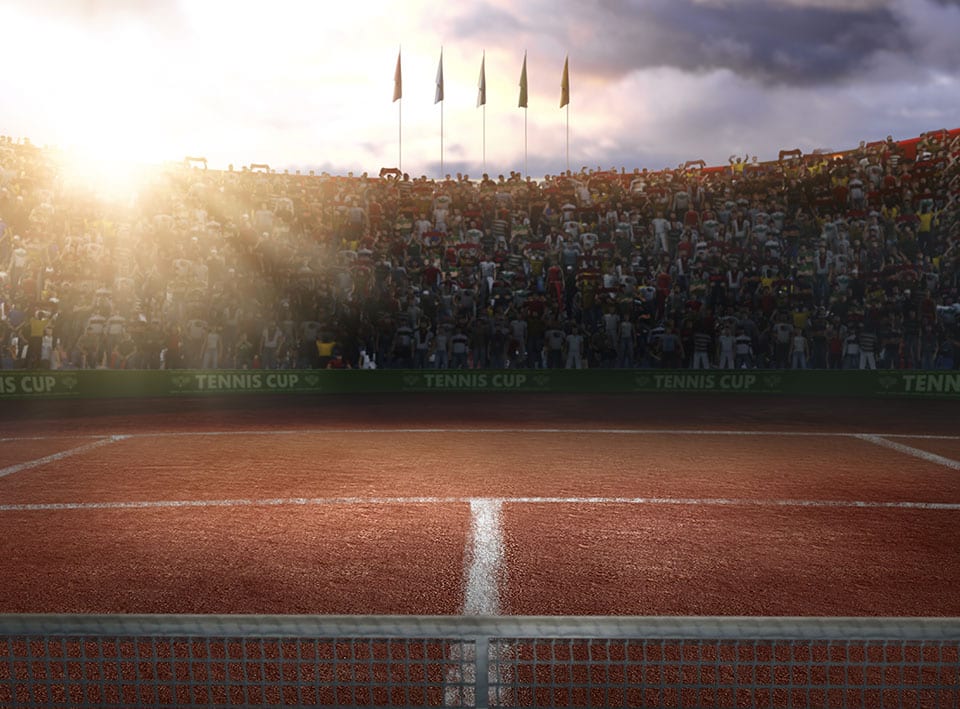
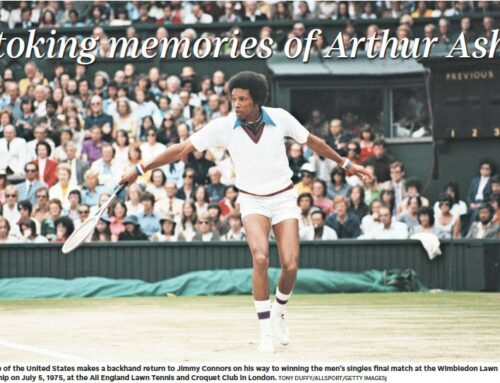
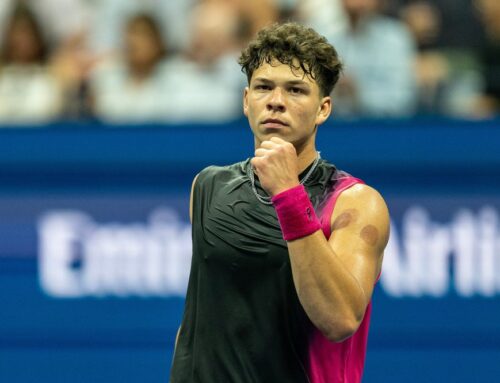
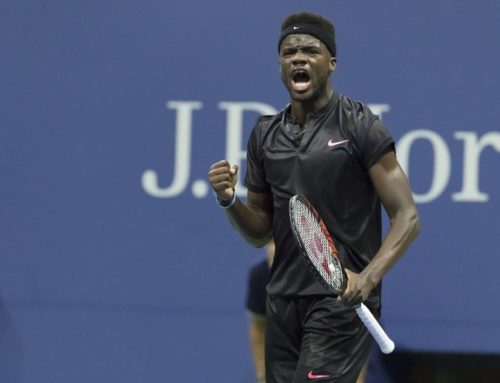
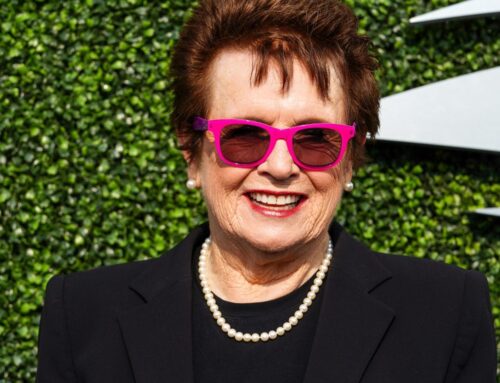
Leave A Comment